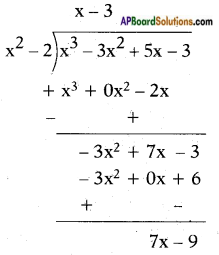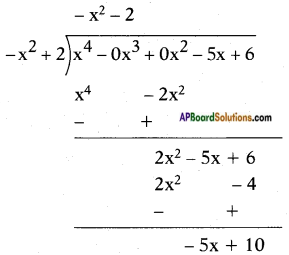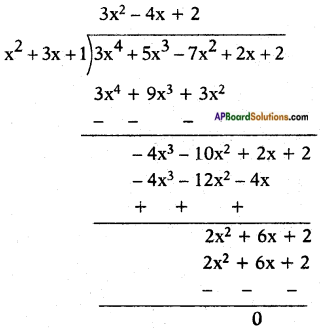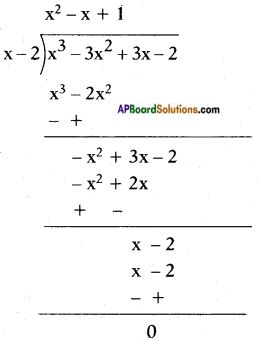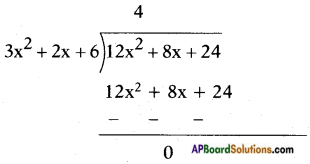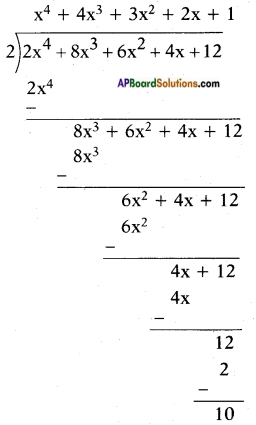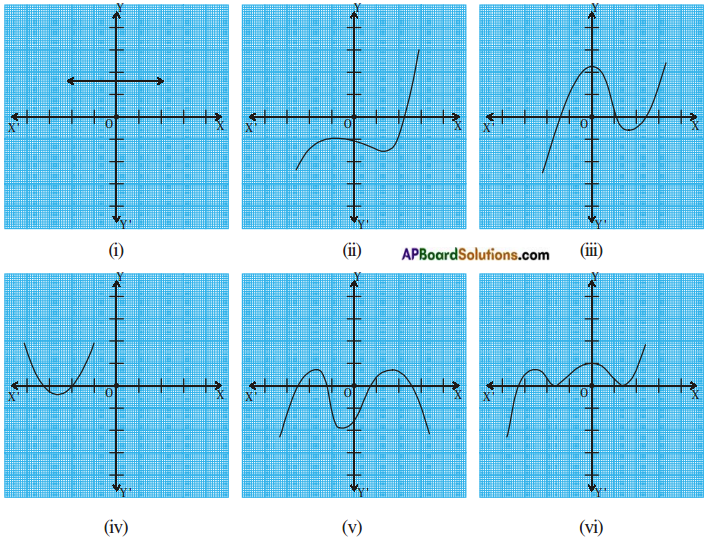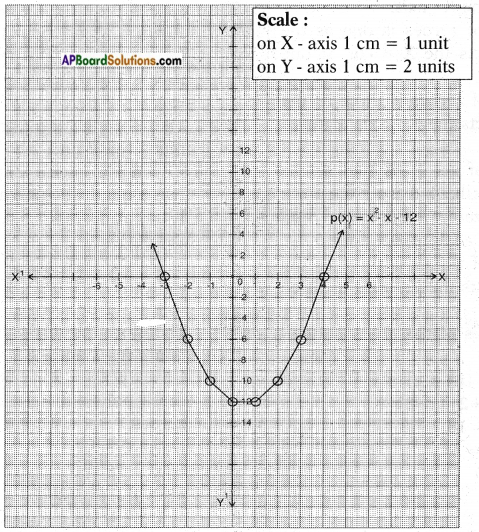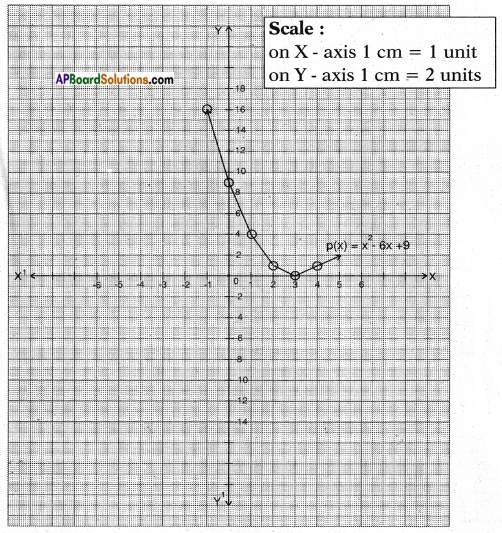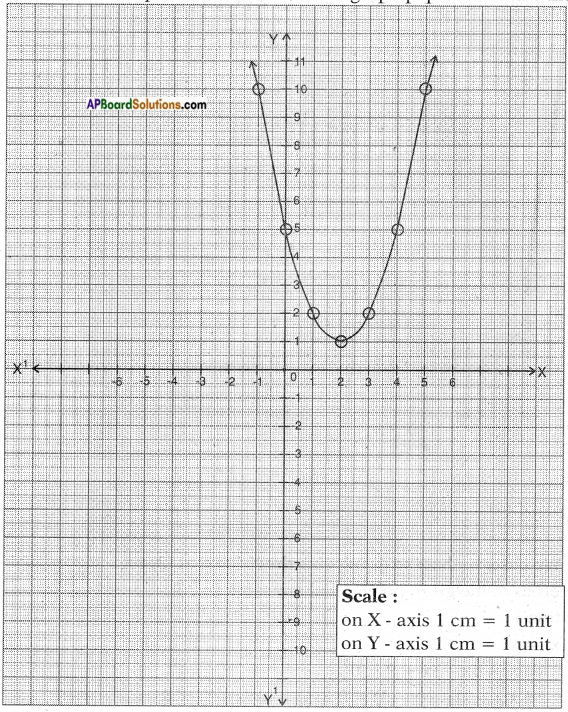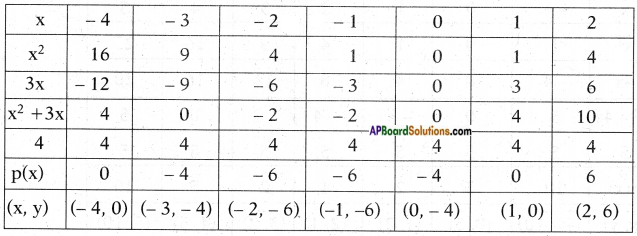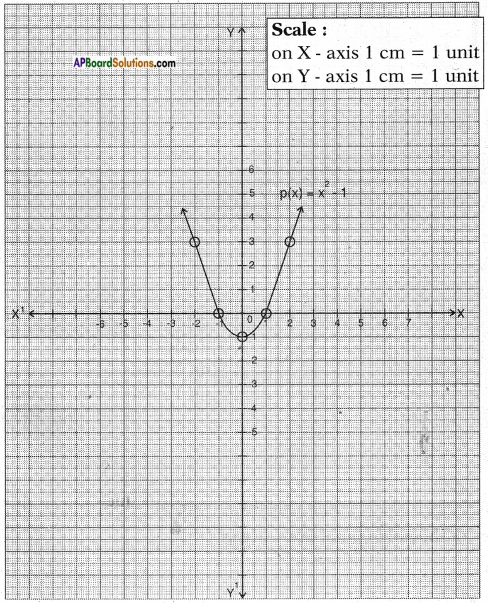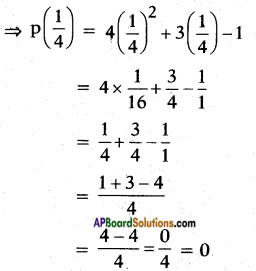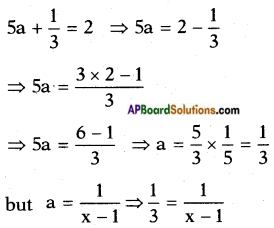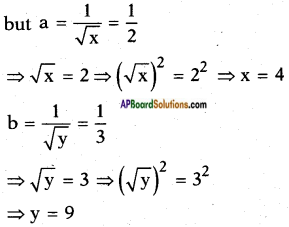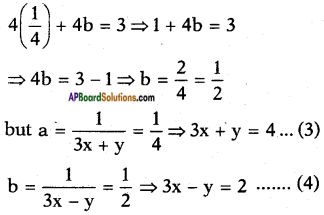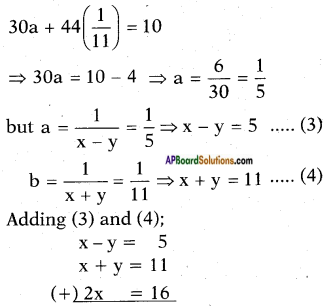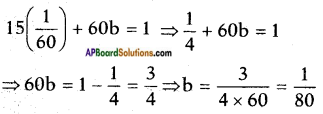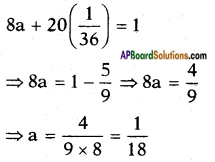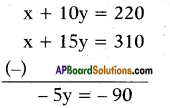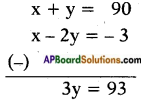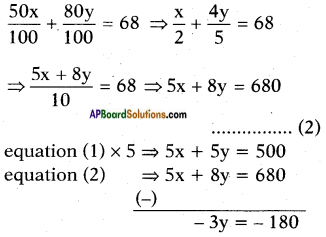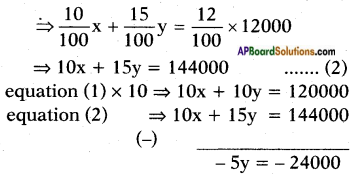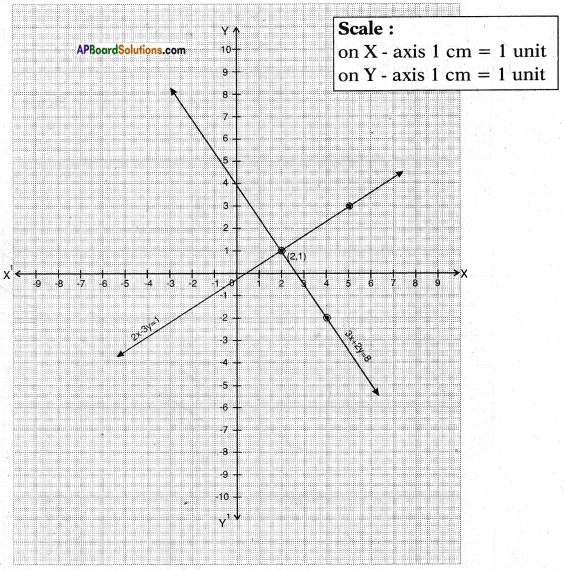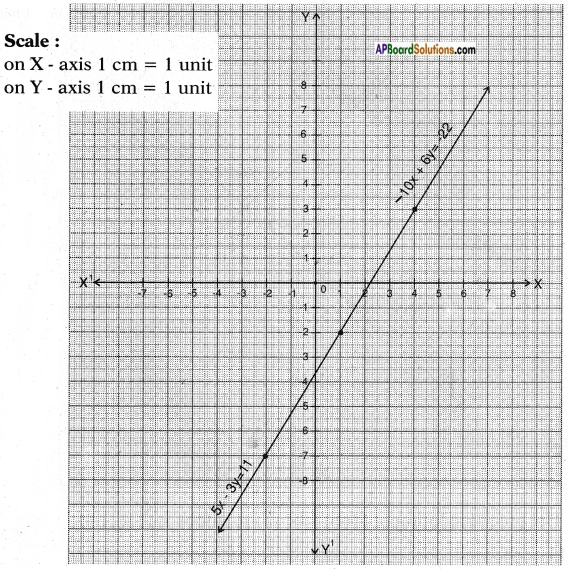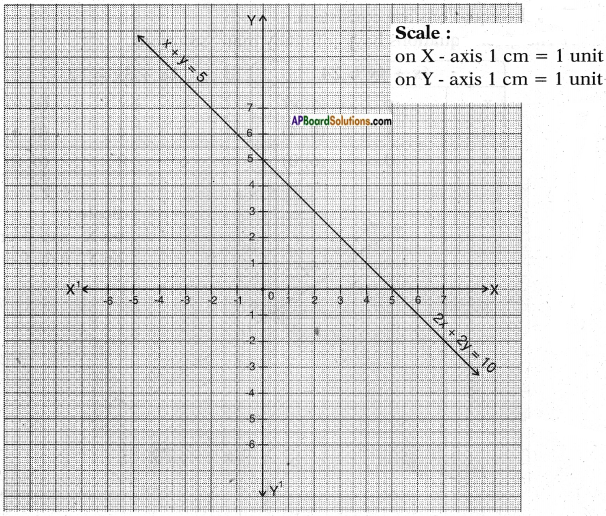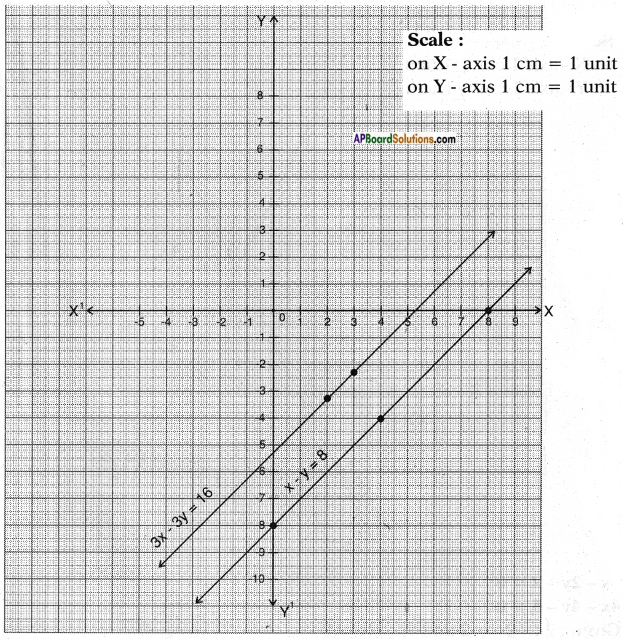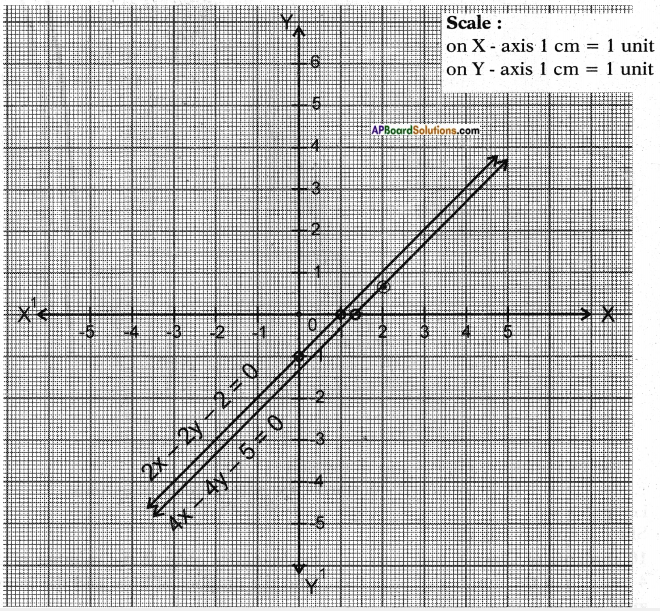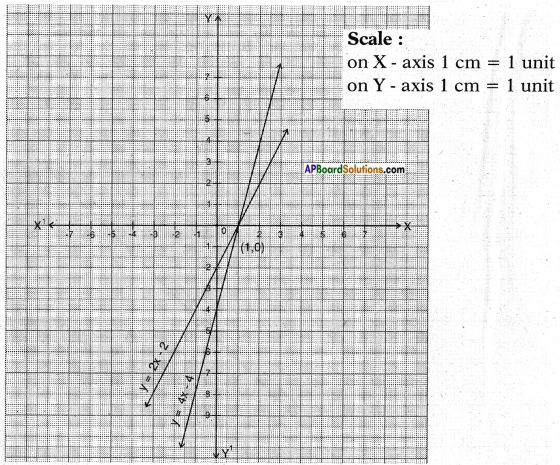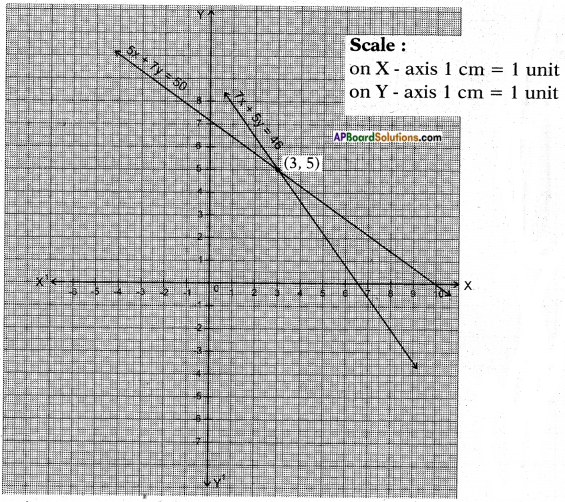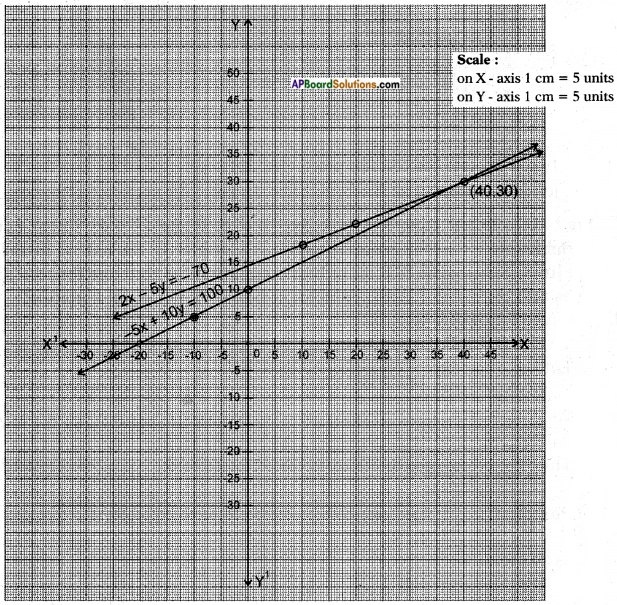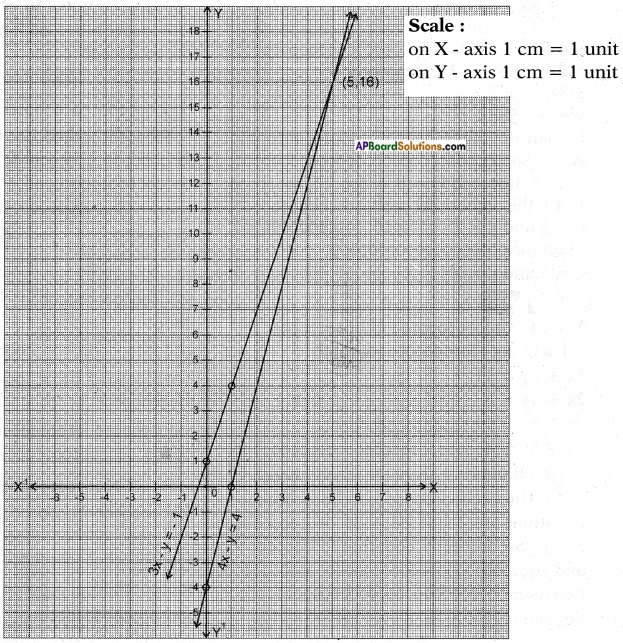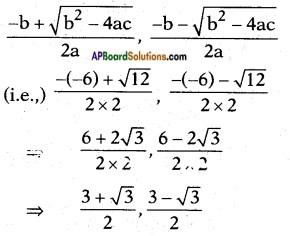AP State Board Syllabus AP SSC 10th Class Maths Textbook Solutions Chapter 2 Sets Ex 2.4 Textbook Questions and Answers.
AP State Syllabus SSC 10th Class Maths Solutions 2nd Lesson Sets Exercise 2.4
10th Class Maths 2nd Lesson Sets Ex 2.4 Textbook Questions and Answers
Question 1.
State which of the following sets are empty and which are not?
i) The set of lines passing through a given point.
ii) Set of odd natural numbers divisible by 2.
iii) {x : x is a natural number, x < 5 and x > 7}
iv) {x: x is a common point to any two parallel lines}
v) Set of even prime numbers.
Answer:
i) Not empty
ii) Empty
iii) Empty
iv) Empty
v) Not empty
![]()
Question 2.
Which of the following sets are finite or infinite?
i) The set of months in a year.
ii) {1, 2, 3, …, 99, 100}
iii) The set of prime numbers smaller than 99.
Answer:
i) Finite
ii) Finite
iii) Finite
![]()
Question 3.
State whether each of the following sets is finite or infinite.
i) The set of letters in the English alphabet.
ii) The set of lines which are parallel to the X-axis.
iii) The set of numbers which are multiples of 5.
iv) The set of circles passing through the origin (0, 0).
Answer:
i) Finite
ii) Infinite
iii) Infinite
iv) Infinite
